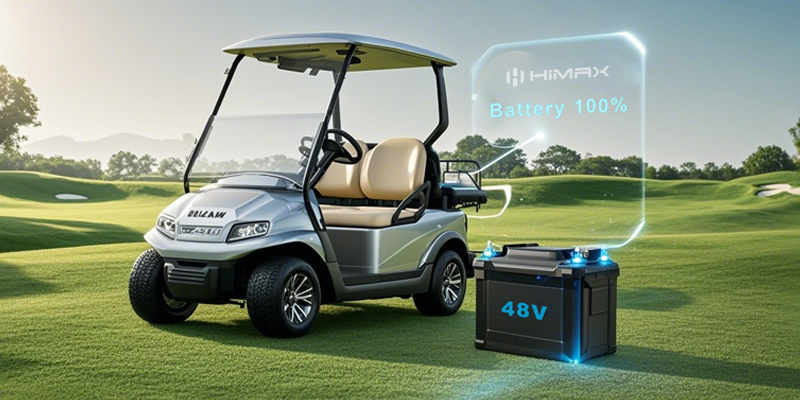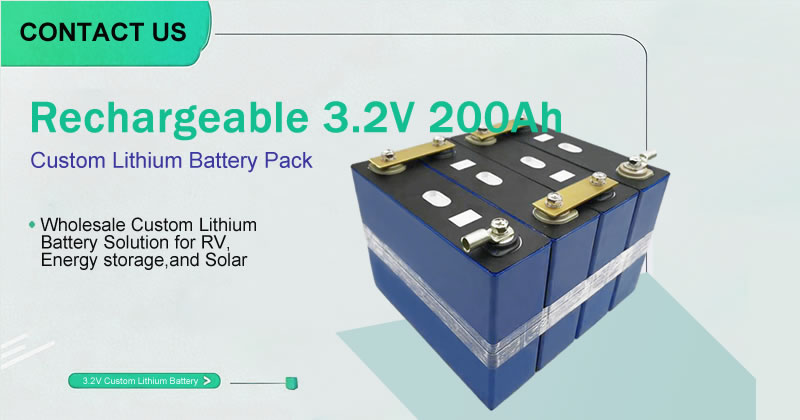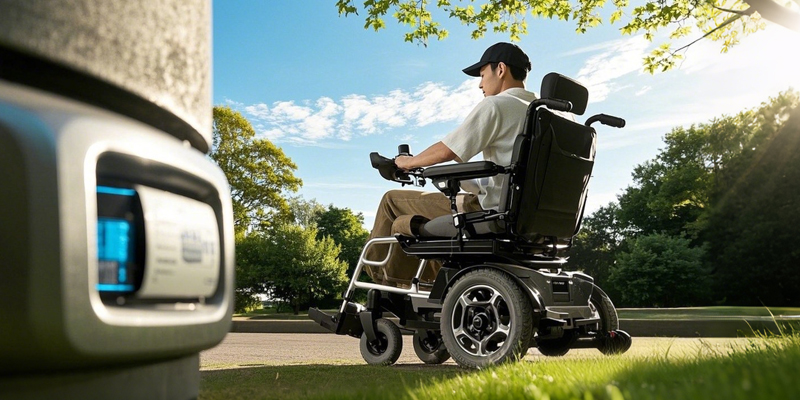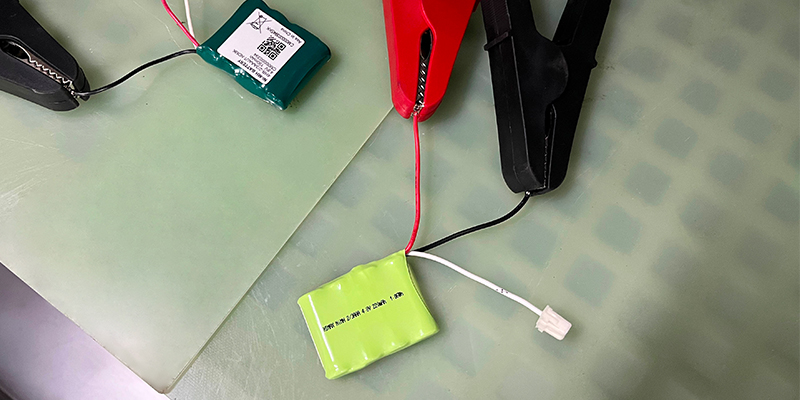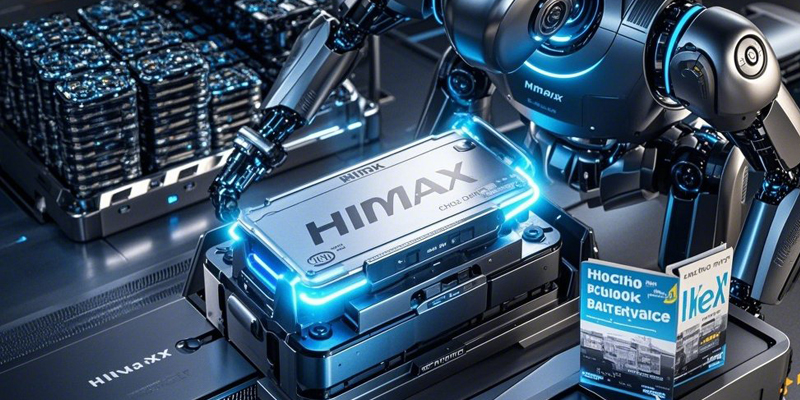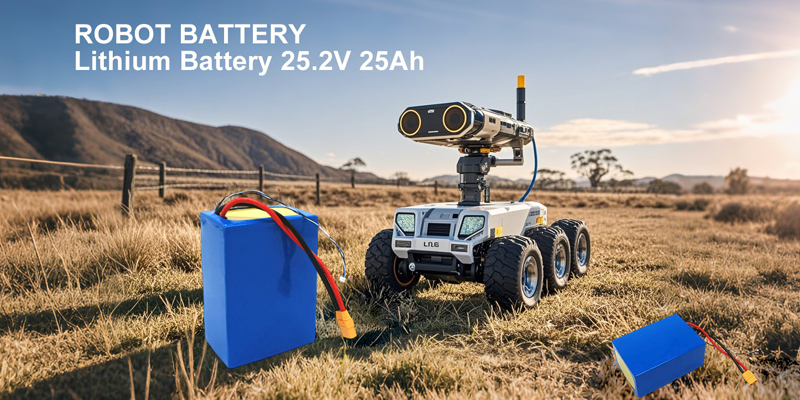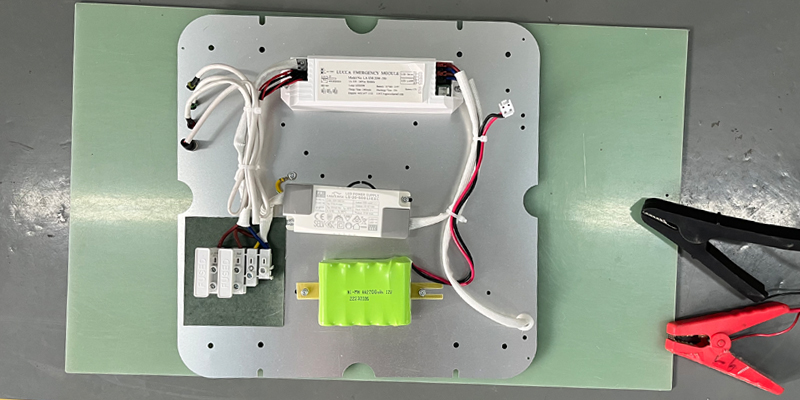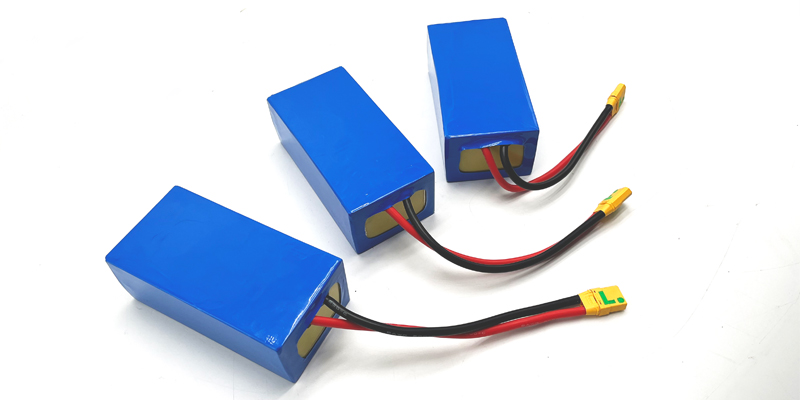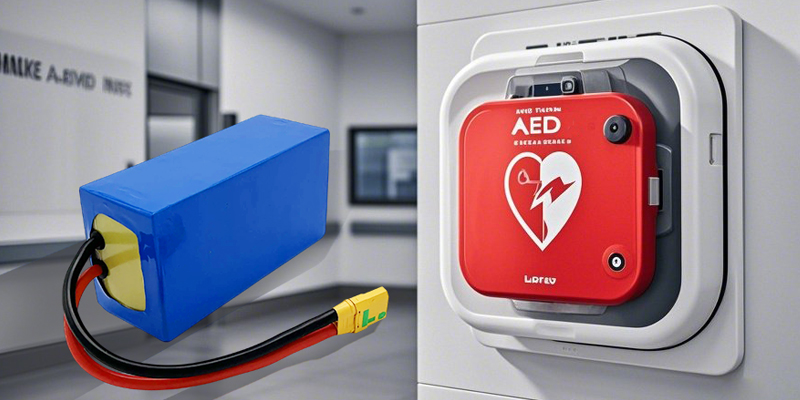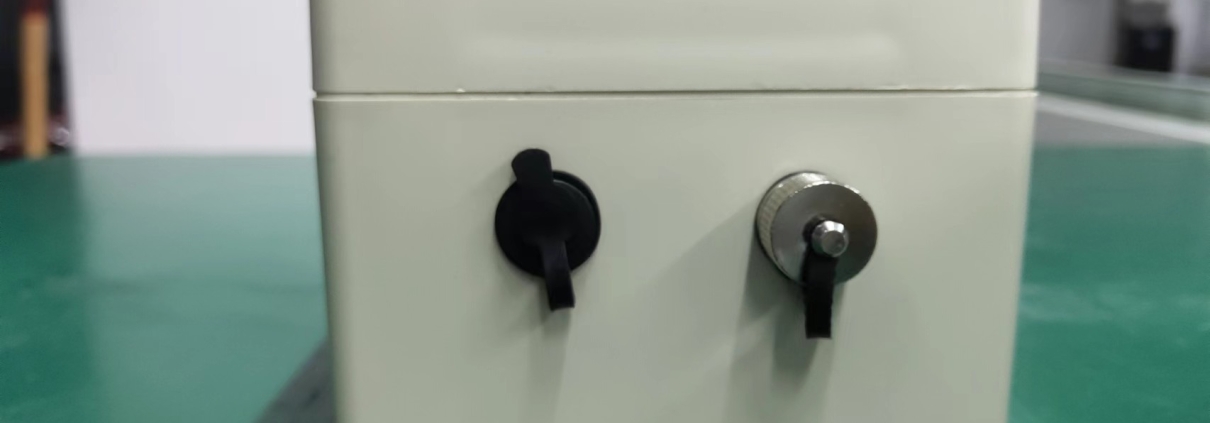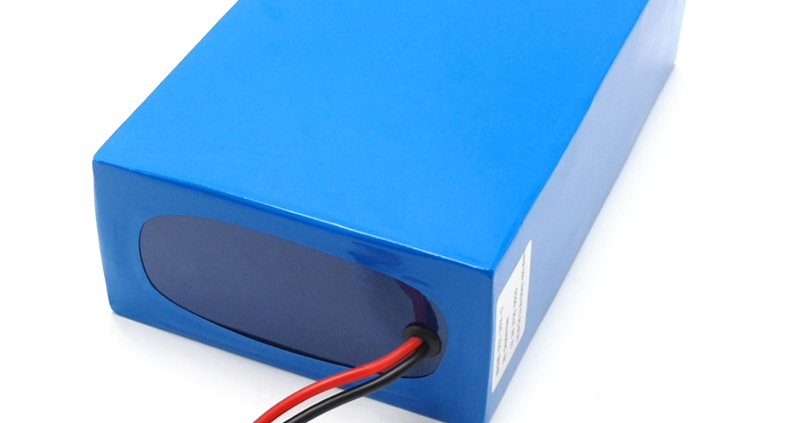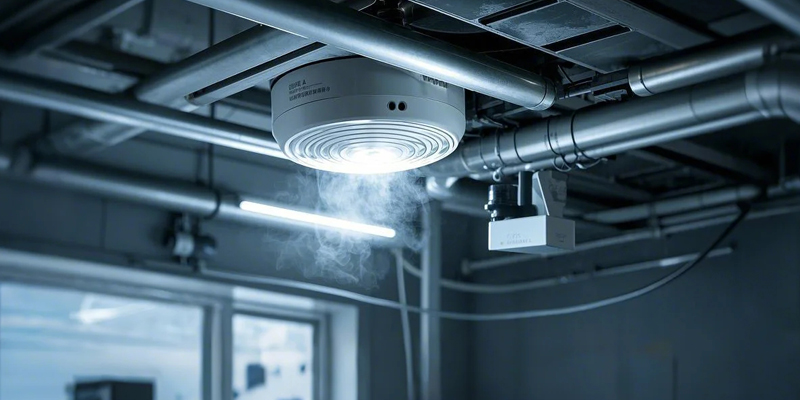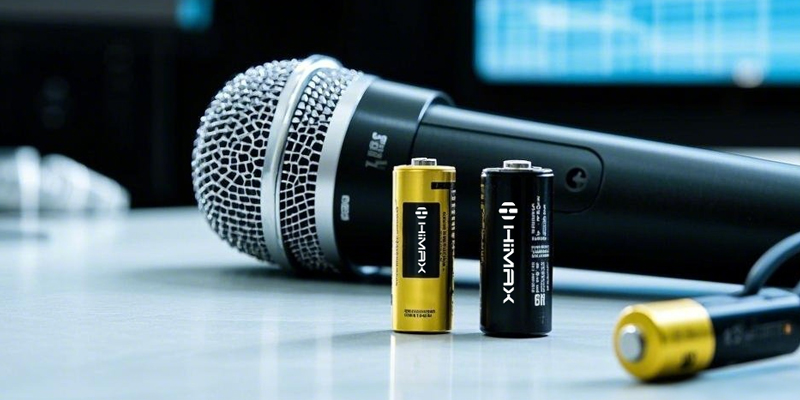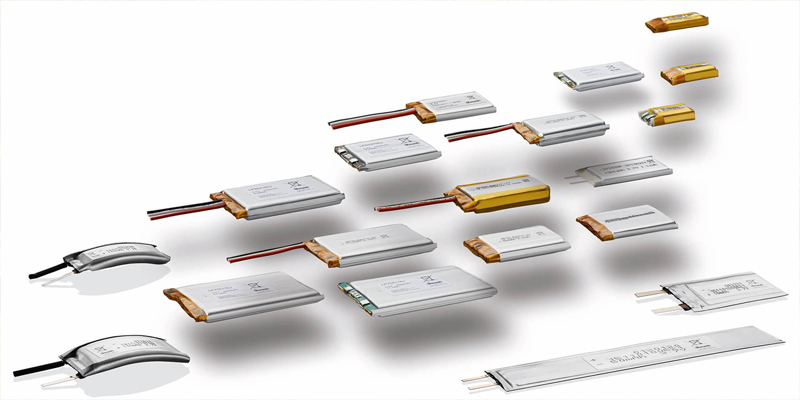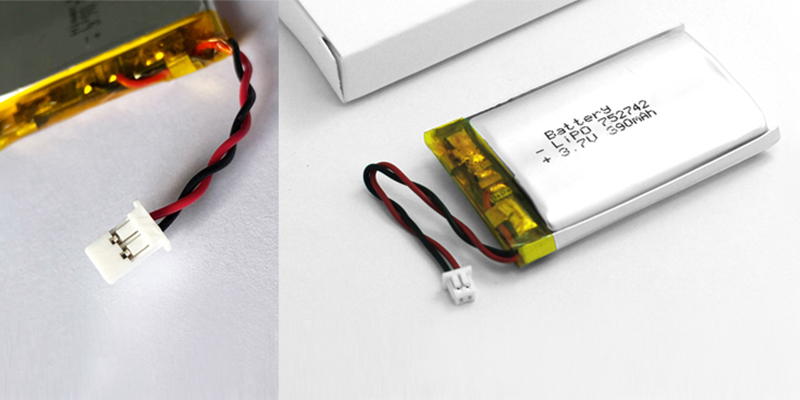Upgrading to a 36V/48V lithium battery pack is one of the most eco-friendly and efficient solutions. This article will explore the technological advantages of lithium batteries and provide expert guidance on choosing the right battery for your needs.
How 36V/48V Battery Packs Work
Lead-Acid vs. Lithium Batteries: Key Differences
If batteries were athletes, lead-acid batteries would be sprinters—strong at the start but lacking endurance—while lithium batteries would be marathon runners—delivering sustained power over long distances. The core differences between these two technologies include:
-
Energy Density: Lithium batteries (150-200Wh/kg) offer 3-5 times the energy density of lead-acid batteries (30-50Wh/kg).
-
Charge/Discharge Efficiency: Lithium batteries exceed 95% efficiency, compared to 70-80% for lead-acid batteries.
-
Lifespan: Lithium batteries last over 2,000 charge cycles, whereas lead-acid batteries typically endure only 300-500 cycles.
Voltage and Power Relationship
Voltage is a critical factor in determining golf cart performance:
-
36V Systems: Ideal for flat terrain and lightweight golf carts, providing stable range and efficiency.
-
48V Systems: Deliver greater power for heavy-duty carts and hilly terrain, making them perfect for courses with frequent elevation changes.
Environmental and Performance Benefits of Lithium Batteries
Eco-Friendly Features
-
Non-Toxic: Free of lead, cadmium, and other heavy metals, lithium batteries use organic electrolytes that prevent soil contamination.
-
High Recyclability: Lithium batteries have a recycling rate of over 90%, compared to 50% for lead-acid batteries.
-
Energy Efficient: Higher charging efficiency and minimal energy loss make them an excellent choice for sustainable golf courses.
Three Key Performance Advantages
-
Extended Range: Lithium batteries provide 30-50% more usable capacity than lead-acid batteries of the same size. For example, a 100Ah lithium battery offers over 95Ah of actual capacity, whereas a lead-acid counterpart only delivers around 60Ah.
-
Enhanced Acceleration: With internal resistance five times lower than lead-acid batteries, lithium technology enables stronger startup currents and smoother acceleration. Tests show that lithium-powered golf carts reduce 0-20 km/h acceleration time by 15-20%.
-
Longer Lifespan & Lower Costs: Over a five-year period, the total cost of ownership (TCO) for lithium batteries is 40% lower than lead-acid alternatives. A case study from a golf course demonstrated an annual maintenance cost reduction of approximately $1,000 after switching to lithium batteries.
Expert Buying Guide for Golf Cart Batteries
Key Selection Criteria
Voltage Matching:
-
36V: Suitable for carts weighing under 800kg and primarily used on flat terrain.
-
48V: Recommended for carts exceeding 800kg or frequently used in hilly conditions.
Capacity Selection:
-
18-Hole Courses: At least 80Ah capacity recommended.
-
36-Hole Courses: Choose 100-120Ah for optimal performance.
Battery Cell Type:
-
LiFePO4 (Lithium Iron Phosphate): High safety, long lifespan, ideal for hot climates.
-
Ternary Lithium: Higher energy density, better low-temperature performance, ideal for colder regions.
Avoiding Common Pitfalls
-
Beware of Low Prices: Batteries priced 30% below market rates often use recycled cells or substandard BMS (Battery Management Systems).
-
Certification Requirements: Ensure batteries have CE, UL, and other safety certifications.
-
Compatibility Check: Verify that the battery dimensions match your cart’s compartment and that connector types are compatible.
HIMAX Lithium Batteries: The Best Choice for Your Golf Cart
If you’re looking for a high-performance, reliable, and safe lithium battery for your golf cart, HIMAX lithium battery packs are a top-tier option.
Key Advantages:
-
Premium-grade battery cells increase range by over 40%.
-
Intelligent BMS system monitors every cell in real-time for maximum safety and longevity.
-
Modular design ensures easy installation and compatibility with most golf cart models.
-
Certified for safety, meeting RoHS, CE, and multiple international standards.
With over 200 golf courses worldwide using HIMAX battery solutions, our clients have achieved:
✓ 30-50% reduction in operating costs ✓ 20% improvement in golf cart utilization ✓ 60% decrease in maintenance time
Upgrading to a high-performance 36V/48V lithium battery pack is the ultimate solution to power loss, limited range, and high long-term costs. Not only will it boost your golf cart’s efficiency, but it also supports environmental sustainability. Choose HIMAX and experience a more efficient, eco-friendly golf course operation today!


